As an expert living in Hawaii for my entire professional life, I see the same questions pop up repeatedly from visitors and those curious about our islands. Let’s break down everything you need to know, from basic facts to cultural insights.
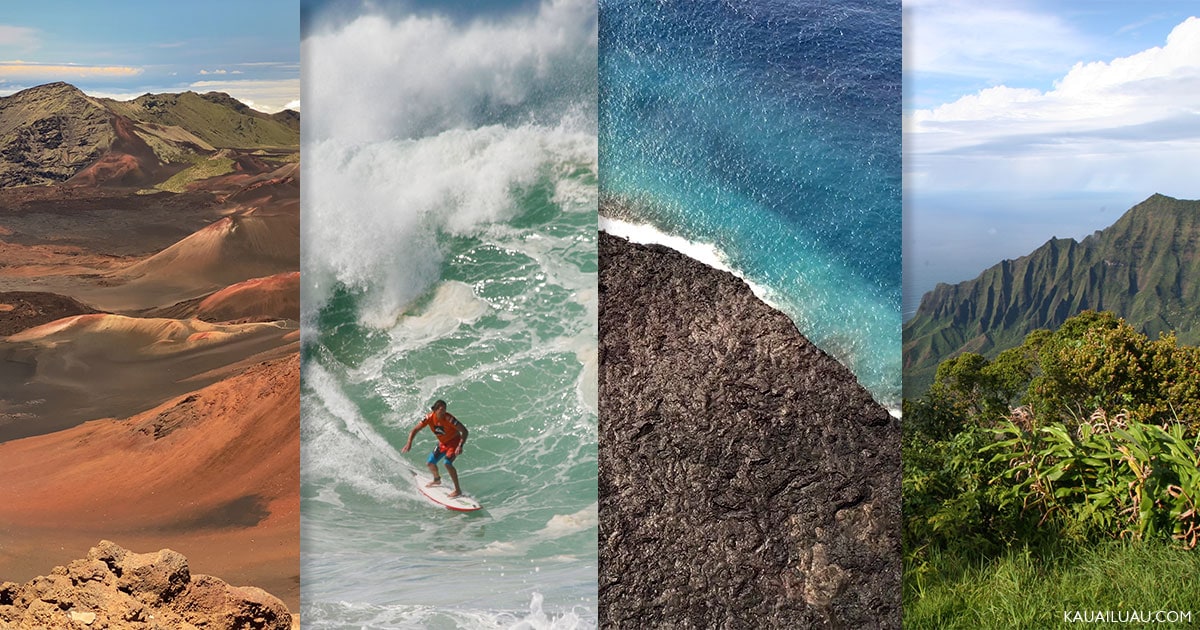
Location and Geography
The Hawaiian archipelago stands alone in the middle of the Pacific Ocean, marking the most isolated population center on Earth. This isolation created unique ecosystems found nowhere else in the world. While most know about our eight main islands, few realize the chain extends northwest for about 1,500 miles, creating the longest island chain in the world. Our location puts us in a tropical climate zone, but we avoid extreme heat thanks to consistent trade winds that keep temperatures moderate year-round.
Where is Hawaii?
- Located in the Pacific Ocean, 2,400 miles from California
- Southernmost U.S. State
- Coordinates: 21.3069° N, 157.8583° W
- Consists of 137 volcanic islands spanning 1,500 miles
Island Facts
8 main islands: Ni’ihau, Kaua’i, O’ahu, Moloka’i, Lāna’i, Kaho’olawe, Maui, and Hawai’i (Big Island)
O’ahu: Home to Honolulu (state capital) and Pearl Harbor
Maui: Recently affected by wildfires in Lahaina (August 2023)
Hawai’i (Big Island): Has active volcanoes
Kaua’i: the wettest island with lush rainforests
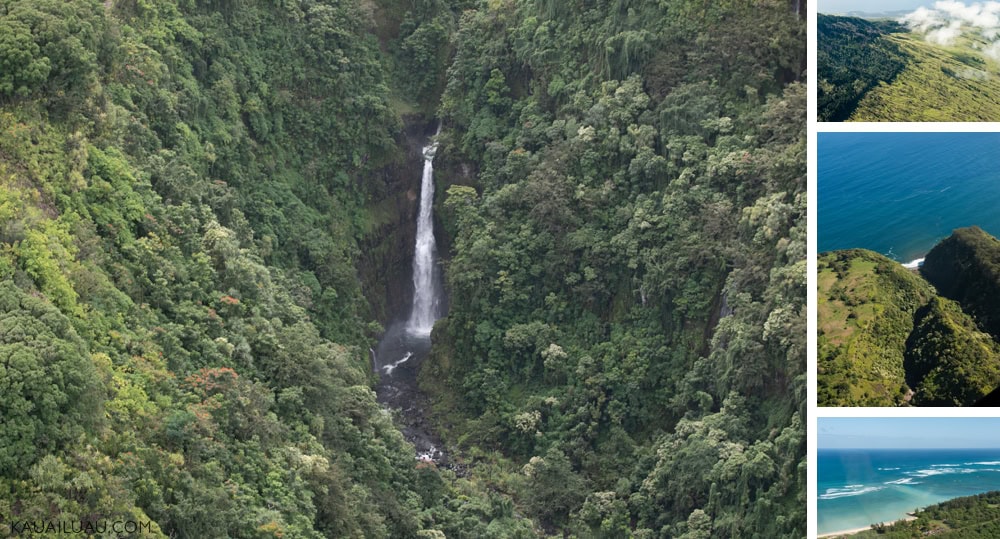

Historical Background
Hawaii’s history reads like an epic saga (read Michener’s Hawaii), from Polynesian voyagers crossing vast oceans using only stars for navigation to the rise and tragic fall of a kingdom. The islands transformed from an independent nation to an American territory following a controversial and illegal overthrow, finally becoming the 50th state. This complex history shapes modern Hawaii, influencing everything from politics to cultural practices. Many visitors don’t realize that Hawaii was an independent kingdom with its own monarchy, diplomatic relations, and currency before becoming part of the United States.
Key Dates
- Ancient Polynesians arrived: ~400 CE
- Kingdom of Hawaii established: 1795
- Overthrow of Hawaiian monarchy: 1893
- Annexed by U.S.: 1898
- Became U.S. territory: 1900
- Statehood: August 21, 1959 (50th state)
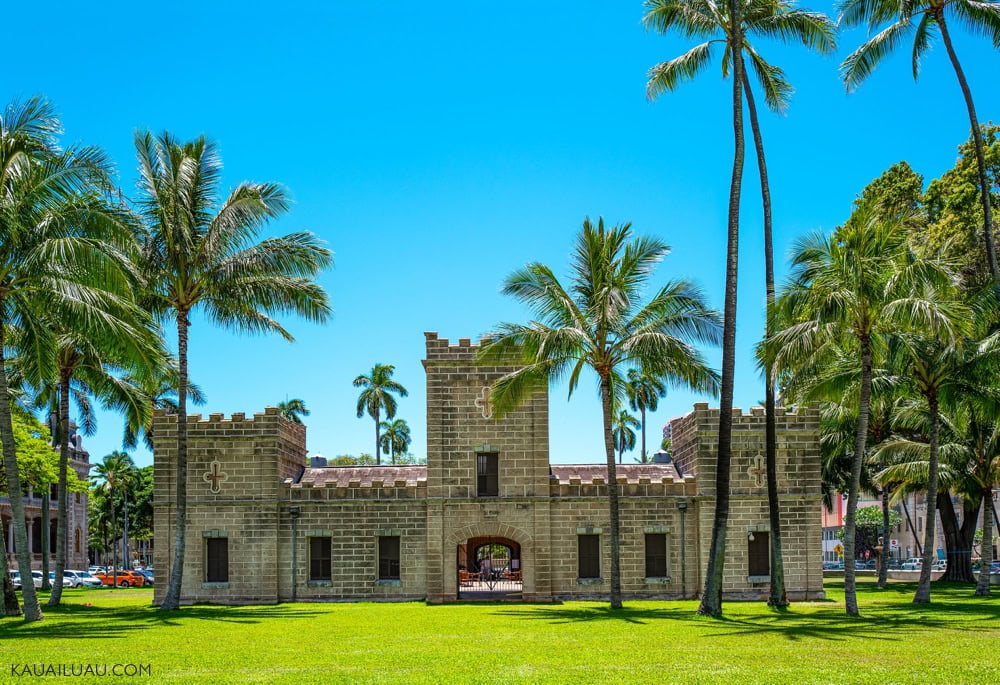

Hawaiian People and Culture
The culture of here runs deeper than at our Hawaii luaus and flowered Aloha shirts. Native Hawaiians maintain strong connections to their ancestral traditions while adapting to modern life. The concept of ‘ohana (family) extends beyond blood relations to include friends and community members. Traditional practices like hula aren’t just entertainment—they’re complex storytelling methods that preserve history and cultural values. The Hawaiian language, once banned in schools, now experiences a revival with immersion schools and growing everyday use.

Who Are Native Hawaiians?
- Descendants of original Polynesian settlers
- Indigenous people of Hawai’i
- Recognized as Pacific Islanders
- Distinct from other Asian or Pacific ethnic groups
Language and Greetings
“Aloha” = hello, goodbye, love
“Mahalo” = thank you
“E komo mai” = welcome
Hawaii is pronounced: “ha-VAI-ee” by locals
Cultural Tips
- Remove shoes before entering homes
- Lei = symbol of welcome and celebration
- Respect sacred sites (heiau)
- Learn basic Hawaiian words
- Don’t touch or harass sea turtles or monk seals. 10 feet away at all times.

Visiting Hawaii
Each Hawaiian island offers distinct experiences, landscapes, and cultural highlights. Oahu, our most populated island, blends city life with tropical paradise. Maui balances tourism infrastructure with natural beauty. Kauai remains largely undeveloped, while the Big Island has active volcanoes and 11 of the world’s 13 climate zones. Most first-time visitors don’t realize how different each island feels—it’s like visiting several different destinations in one state.
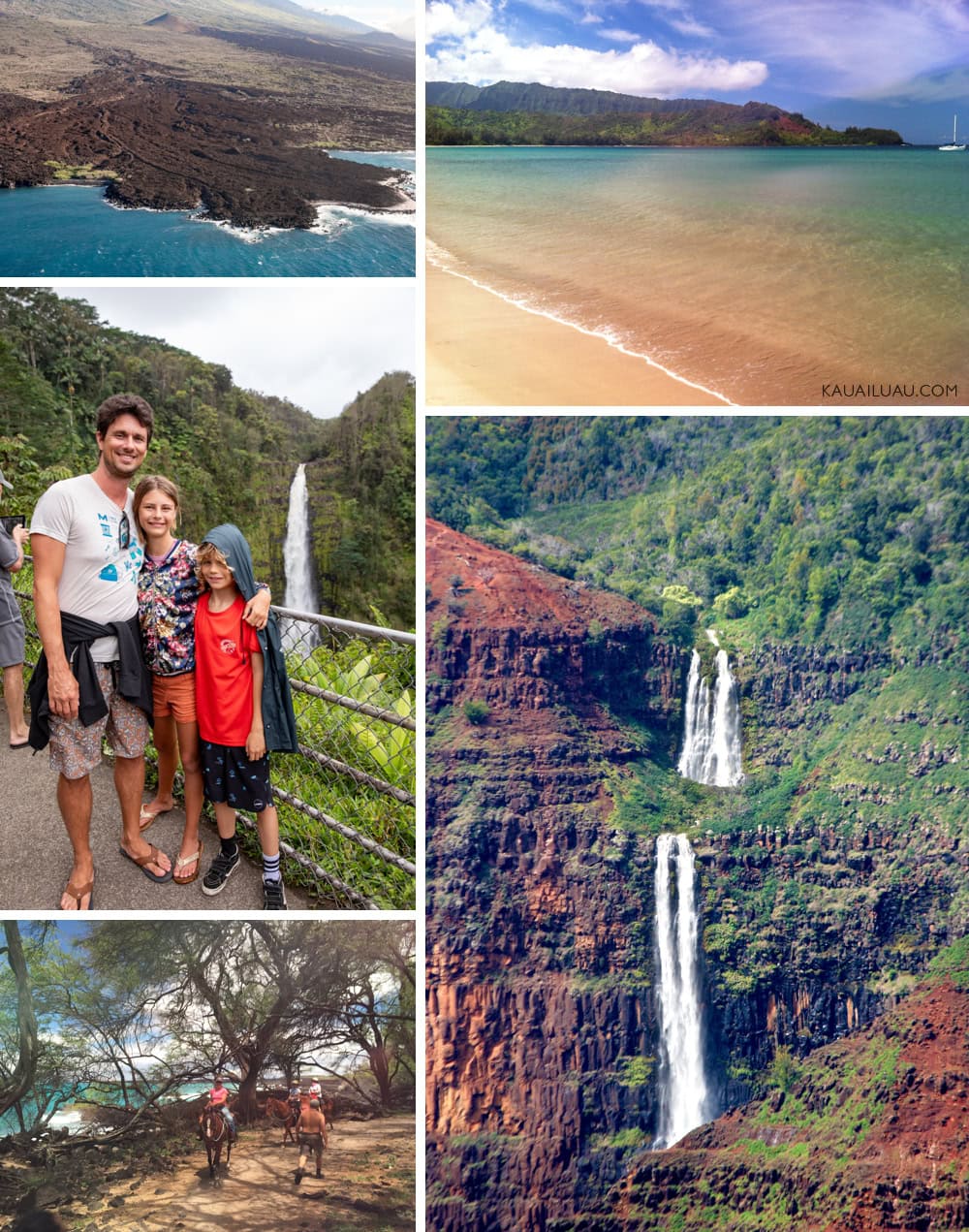
Best Islands for Different Travelers
First-timers: Maui
Nature lovers: Big Island
Quiet/relaxation: Kaua’i
Families: Maui or O’ahu
Night Life: O’ahu
Adventure seekers: Maui, Big Island or Kaua’i
Travel Requirements
- No passport needed for U.S. citizens
- Valid ID required for adults
- International visitors need passport and ESTA
- Inter-island flights available
- Rental cars are strongly recommended
Best Times to Visit
Peak season: Mid-December to March & June to August
Shoulder season: April May, September-November
Warmest months: July-September
Wettest months: November-April
Whale season: December-May

Living in Hawaii
Living in Hawaii differs dramatically from vacationing here. While visitors see paradise, residents face unique challenges. The isolation that makes Hawaii special also drives up costs—nearly everything gets shipped in. Housing scarcity creates some of the highest real estate prices in the U.S. Yet, many find the tradeoffs worthwhile for the lifestyle, natural beauty, and strong sense of community that defines island living.

Common Challenges
- High cost of living
- Limited housing
- Higher food prices
- Traffic (especially O’ahu)
- Distance from mainland
- Elderly care
- Quality education

Natural Considerations
- Tsunamis possible but rare
- Hurricane season: June-November
- Active volcanoes on Big Island
- No poisonous snakes (strictly controlled)
- Ocean safety important year-round
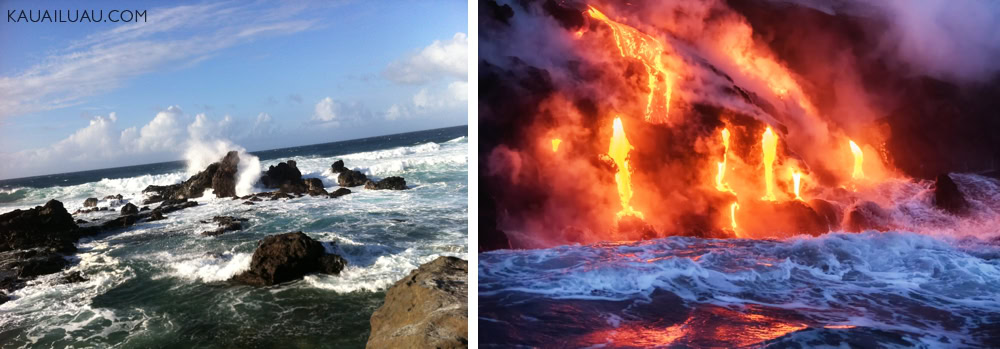

Political and Economic Facts
Hawaii’s political landscape reflects its unique history and geographic isolation. As the only U.S. state that was once an independent kingdom, Hawaii maintains distinct legal and cultural considerations. The state constitution protects traditional Hawaiian rights, including gathering practices and access to sacred sites. Our economy relies heavily on tourism, but efforts to diversify through technology, sustainable agriculture, and renewable energy continue to grow.
Government
- Full U.S. state with voting rights
- Two U.S. senators
- Two congressional districts
- State legislature
- County governments
Economy
- Main industries: Tourism, military, agriculture
- High dependence on tourism
- Growing technology sector
- Significant military presence
- Sustainable energy initiatives

Local Tips for Visitors
Understanding local customs helps visitors move beyond tourist stereotypes to experience authentic Hawaii. Simple gestures like learning basic Hawaiian words, respecting ocean safety, and following local customs show appreciation for our culture. Remember that residential areas aren’t tourist attractions—what might seem like a great photo opportunity could be someone’s private property or sacred land.
Do’s
- Learn basic Hawaiian words
- Respect local customs
- Support local businesses
- Drive with aloha (courtesy)
- Ask permission before taking photos of people and land
- Book one of the best Kauai Luaus
Don’ts
- Don’t take lava rocks (bad luck)
- Don’t turn your back to the ocean
- Don’t trespass on private property
- Don’t touch marine life
- Don’t underestimate the sun
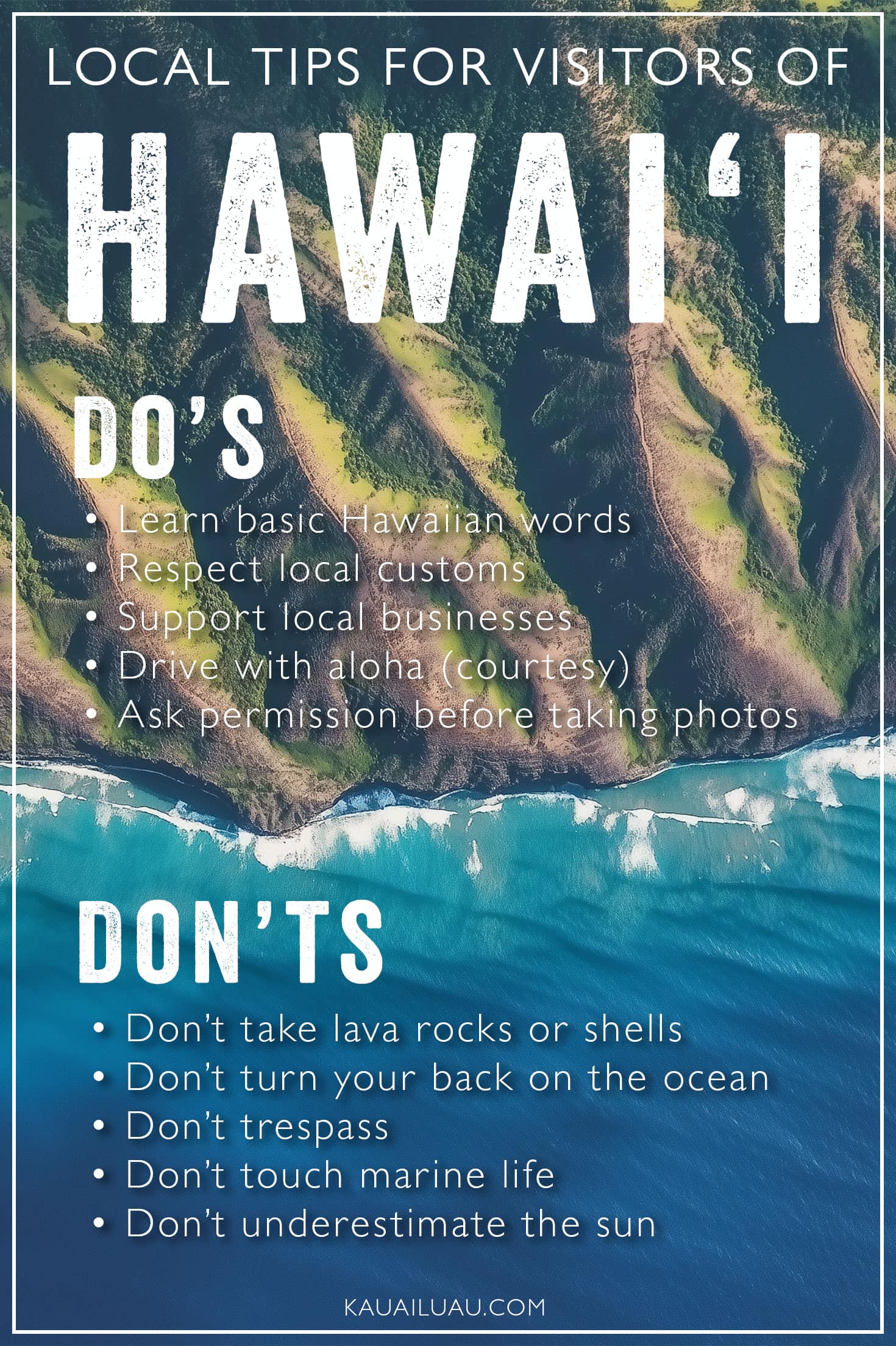
I hope this helps those looking to visit with some knowledge under their belts! Aloha!


